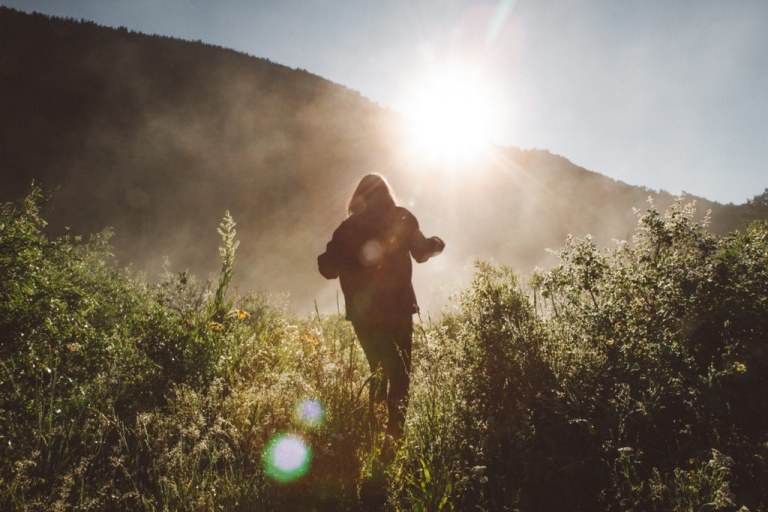Thanks to a mini-grant program spearheaded by WVU, West Virginians from Berkeley County to Mingo County will have new and improved opportunities to be physically active in their communities.
Funded by the West Virginia Division of Health Promotion and Chronic Disease, the program launched in 2019 was designed to improve the lives of West Virginians through increased access to physical activity opportunities.
In February, the Center for ActiveWV announced a slate of inaugural grant funding for 13 projects designed to improve pedestrian and bicycling infrastructure in communities, schools, and health centers across the state.
Despite barriers and delays caused by the COVID-19 pandemic, partners around the state found creative ways to accomplish their goals.
Now the Center for ActiveWV is accepting applications for projects to fund for the 2020-2021 year. Applications will be accepted through Friday (Oct. 16).
These following projects highlighted the first year of the program:
- Williamson Health and Wellness Center improved trail awareness and signage, and established a Storybook Walking Trail at Williamson PK8 School through a student-led project and community volunteer workdays.
- Monongahela River Trails Conservancy connected the Deckers Creek Rail Trail to a Reedsville neighborhood and community park by building a one-quarter-mile trail connector.
- Shenandoah Community Health Foundation restored an existing trail at their healthcare facility in Martinsburg and encourage usage through clinical physical activity prescriptions.
- Healthy Berkeley and University Healthcare Foundation mapped trails and created signage in Poor House Farm Park.
- WVU Medicine’s Walk with a Future Doc encouraged patients to walk for 60 minutes through organized virtual group walks in which patients can talk with medical students and physicians.
“Through these 60-minute walks, we are getting community members out and about to improve not only their physical but also their mental and social health,” said Mia Antinone, a medical student at WVU School of Medicine and co-host of Walk with a Future Doc.
“The virtual walks have uniquely allowed us to walk with participants on the trails of West Virginia, sunny beaches of South Carolina, local neighborhoods, and small towns.”
A primary goal of the program is to help increase access to physical activity opportunities to West Virginia communities and to encourage residents to be active where they live, work, learn, and play. West Virginia leads the nation in adult obesity at 39.5 percent, according to nonprofit Trust for America’s Health.
”The stress and uncertainty of living through a pandemic while working from home has created a burning desire to get outside and explore the beauty of West Virginia’s green spaces and trails,” said Sam Zizzi, associate dean for research at CPASS and co-coordinator of the center.
“These experiences can be restorative for our physical and mental health. I hope these mini-grants will be one of the many silver linings in the dark cloud of COVID-19.”
Williamson & Wellness Center Inc. and the Healthy-in-the-Hills Network also recognized that their project couldn’t be completed as originally planned. They altered their project to allow students and educators opportunities for physical activity while staying safe.
“With the lift of a box lid, the Wolfpack Walk provides teachers the opportunity to take their classrooms outside and incorporate physical activity into everyday learning,” said Amy Dearfield Hannah, community resource network director, Williamson Health and Wellness Center.
“The space between each box provides short physical and mental health breaks for the students.”
“Some of our community partners will create new or enhanced locations for residents to walk, and others will create policies promoting shared use of facilities or incentivizing physical activity in some way,” Zizzi said.
“The reason that policy and environmental changes are so important is that those changes affect almost everyone equally, especially if all types of users, kids, older adults, people with a disability, are considered. We want being active to be the easy choice in all West Virginia communities and these projects help us move closer toward that goal.”
To apply for funding or for more information about the Center for ActiveWV, go to activewv.org or contact Rachel Byrne at rbyrne2@mail.wvu.edu.





























